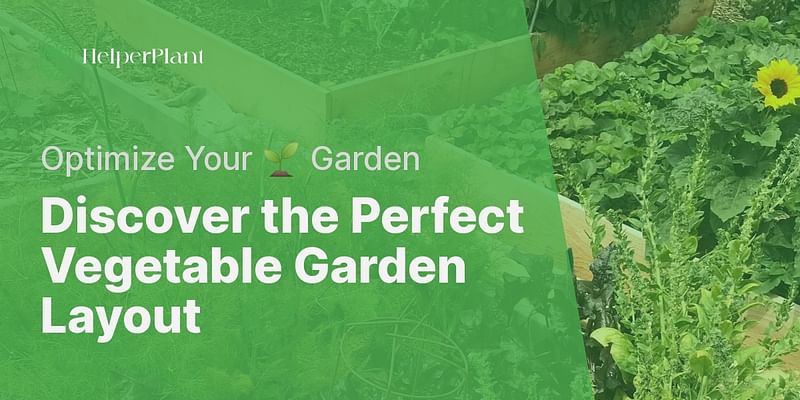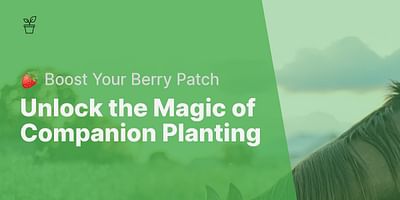Bradford Hudson, a devoted farmer and writer, has spent over two decades mastering the art of companion planting. Convinced of the crucial role it plays in sustainable farming, he is fervently dedicated to spreading awareness and knowledge about it.
Hey there! When it comes to designing the best layout for your vegetable garden, there are a few key factors to consider. By planning your garden layout strategically, you can maximize space, promote healthy plant growth, and even deter pests naturally. So, let's dive in and explore some tips for creating an efficient and thriving vegetable garden!
First off, it's important to think about the size and shape of your garden. If you have limited space, consider utilizing raised beds or container gardening to make the most of what you have. These methods allow for better soil drainage, easier weed control, and can even extend your growing season.
Next, let's talk about companion planting. This is the practice of growing certain plants together that benefit each other in some way. For example, planting marigolds alongside your tomatoes can help deter pests like aphids and nematodes. Similarly, growing basil near your tomatoes can enhance their flavor and repel unwanted insects. To make companion planting easier, you can refer to a companion planting chart or guide, which provides information on which plants work well together and which ones should be kept apart.
Another important consideration is crop rotation. This involves changing the location of your vegetable crops each year to prevent the buildup of pests and diseases in the soil. By rotating your crops, you can maintain soil fertility and reduce the risk of plant-specific issues. A simple crop rotation plan can involve dividing your garden into four sections and rotating crops from different plant families each year.
Additionally, think about the height and growth habits of your vegetables. Taller plants, such as corn or trellised cucumbers, can provide shade for shorter plants like lettuce or spinach. This technique, known as vertical gardening, maximizes space and creates a microclimate that benefits both types of plants.
Lastly, don't forget about accessibility and aesthetics. Leave enough space between rows for easy access and maintenance. Consider incorporating paths or stepping stones to navigate through your garden without compacting the soil. And hey, why not add some flowers or herbs to attract pollinators and add beauty to your vegetable garden?
Remember, the best layout for your vegetable garden ultimately depends on your specific needs and preferences. Experiment, observe, and adapt as you go along. Gardening is a journey, and each season brings new lessons and discoveries. So, have fun, get your hands dirty, and enjoy the bountiful harvest that awaits you!
Happy gardening!















